Hoi An welcomes visitors with a nostalgic atmosphere, where time seems to slow down. Walking on the cobblestone streets, admiring the typical yellow-walled houses and the colorful bougainvillea vines, you will feel the rare peace of an ancient city that was once the busiest trading port in Southeast Asia.
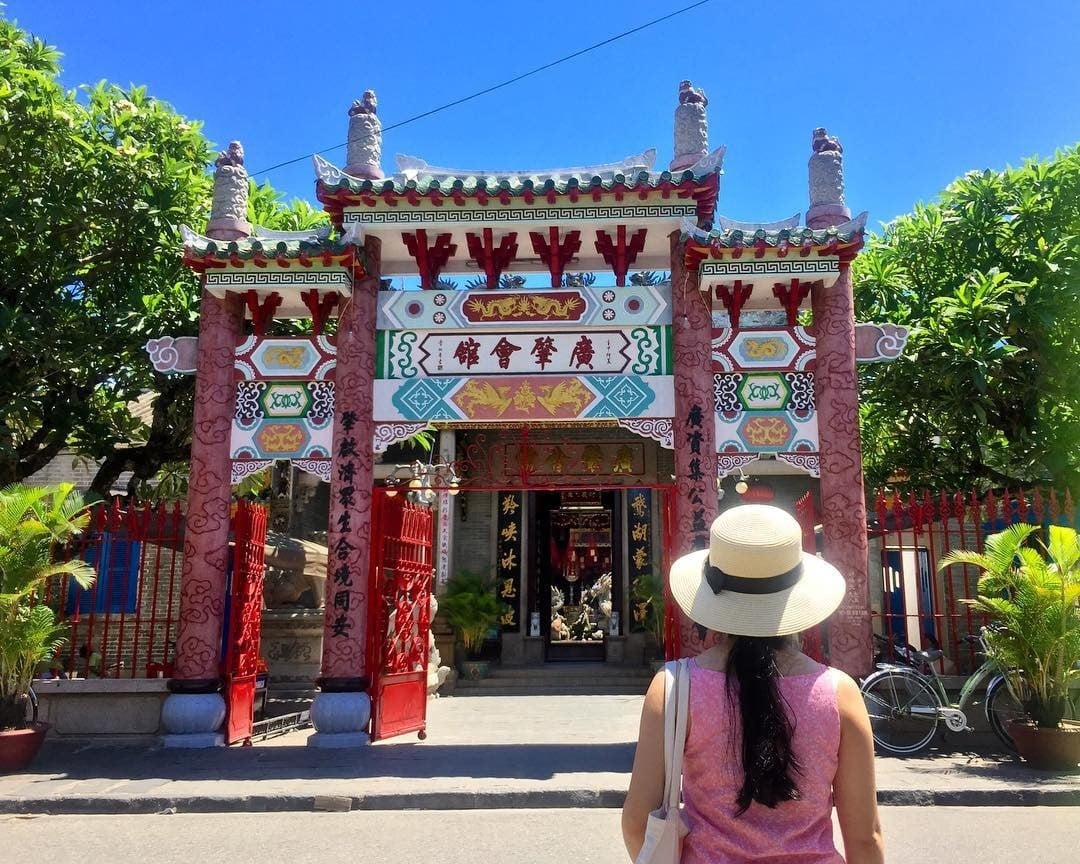
The ancient beauty of Hoi An always captivates tourists.
Marks of time in the heart of the old town
The heart of Hoi An lies in the old town, where every street corner and every roof tells a historical story. This is the ideal area to explore on foot and feel the local life.
Japanese Covered Bridge: Symbol of Hoi An
Considered the soul of the old town, the Japanese Covered Bridge is a unique architectural work built by Japanese merchants in the 17th century. The wooden covered bridge spans a small branch of the Thu Bon River, with sophisticated architecture and a strong cultural influence. Inside the temple, the Northern Emperor Tran Vo is worshiped, the guardian deity of the land.

The Japanese Covered Bridge is an iconic image of Hoi An, appearing on the 20,000 VND note.
Ancient houses and assembly halls
The Old Quarter is home to many centuries-old houses and Chinese assembly halls, testament to a period of thriving trade.
- Tan Ky Ancient House: With an age of more than 200 years, this is the most intact ancient house, showing a harmonious combination of Vietnamese, Chinese and Japanese architecture.
- Phuc Kien Assembly Hall: This magnificent structure is a place to worship Thien Hau Thanh Mau, the patron goddess of seafaring merchants. The space here impresses with large incense rings and elaborate carvings.
- Chaozhou Assembly Hall: Featuring wood carvings and ceramics, the assembly hall is dedicated to General Ma Yuan, the protector of seafarers.

The Trieu Chau Assembly Hall is one of the typical architectural works in the old town.
Boat trip on Hoai River
When the sun sets, taking a boat trip on the Hoai River and releasing floating lanterns is an activity not to be missed. The river becomes sparkling with lights from both banks and sparkling floating lanterns, creating a magical and romantic scene.
Explore the vibrant neighborhood
Besides the ancient town, Hoi An has many other attractive destinations in the neighboring areas, from peaceful beaches to traditional craft villages.
An Bang Beach and Cua Dai Beach
Only about 7km from the center, An Bang beach has a wild beauty with fine white sand and clear blue water. This is an ideal place to relax, swim and enjoy fresh seafood. Cua Dai beach, although affected by erosion, is still an interesting destination for walking and sightseeing.

An Bang Beach offers a peaceful space for rest and relaxation.
Traditional craft villages
- Thanh Ha Pottery Village: About 3km from Hoi An, the pottery village is over 500 years old and is where visitors can learn about the handmade pottery making process and create their own products.
- Tra Que Vegetable Village: Famous for its lush green vegetable gardens grown using organic methods. Visitors can experience a day as a farmer and enjoy dishes made from clean vegetables here.
- Bay Mau Coconut Forest: Considered a "miniature West", this eco- tourism area offers the experience of sitting in a basket boat through the cool green coconut trees and watching a unique basket dance performance.
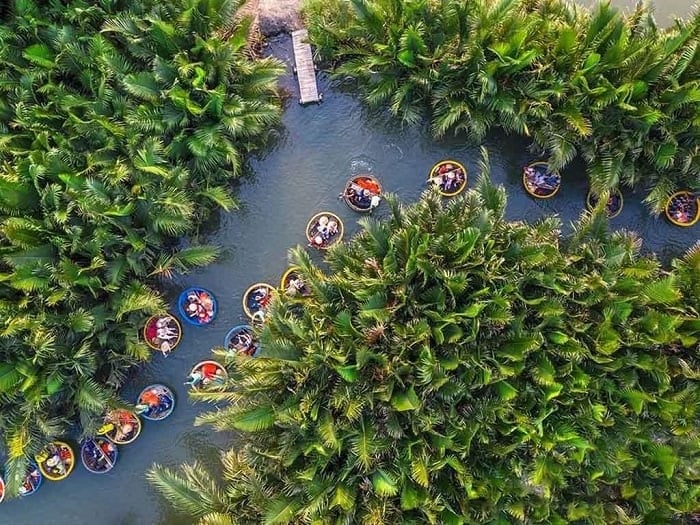
Bay Mau Coconut Forest is an attractive ecological destination near Hoi An.
World of unique cuisine
A trip to Hoi An would not be complete without a culinary experience. The dishes here have distinctive flavors, reflecting the cultural exchange of the heritage land.
- Cao Lau: Hoi An's most iconic dish with chewy noodles, char siu, raw vegetables and rich sauce.
- Hoi An Bread: World famous with brands such as Phuong Bread or Madam Khanh, the crispy bread with diverse fillings, delicately blending flavors.
- Chicken rice: Rice is cooked with chicken broth, has a golden color and a characteristic aroma, served with shredded chicken, papaya salad and herbs.
- Snacks: Don't forget to try Hoi An sweet soup, herbal water, fried mussel rice cakes, water fern cakes or tofu pudding to fully experience the street flavors here.

Cao Lau is a dish that bears the culinary mark of Hoi An.
Practical information for the trip
Ideal timing
The best time to travel to Hoi An is during the dry season, from February to August. In particular, from February to April, the weather is cool, with little rain and mild sunshine, very favorable for sightseeing activities.
Move
- Getting to Hoi An: The most popular way is to fly to Da Nang airport, then take a taxi or bus for about 30km to Hoi An. Alternatively, you can also take a train to Da Nang station or a bus.
- In Hoi An: Bicycles are a great way to explore the old town. Alternatively, you can rent a motorbike, take a cyclo or taxi to get to further destinations.
Accommodation and costs
Hoi An has a variety of accommodation options, from homestays in the old town to luxury beach resorts such as Vinpearl Resort & Golf Nam Hoi An. The cost for a 3-day, 2-night trip ranges from 4,500,000 - 5,000,000 VND/person, depending on transportation, food and accommodation options.
Gifts to take home
Lanterns are the most typical gift of Hoi An. Besides, you can buy silk, handicraft products, green bean cakes or figurines as gifts for relatives.
Source: https://baodanang.vn/hoi-an-kham-pha-ve-dep-vuot-thoi-gian-ben-song-hoai-3310385.html








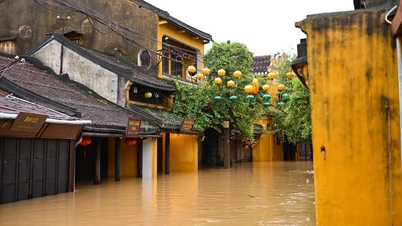

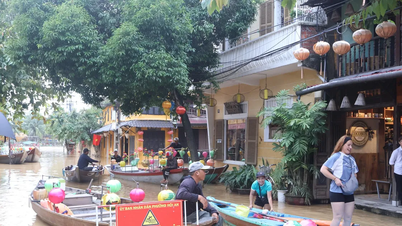






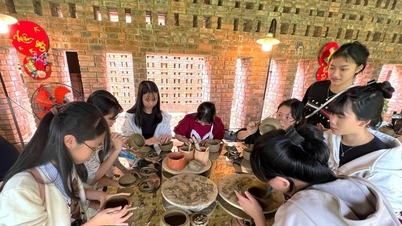


















![[Photo] General Secretary To Lam and National Assembly Chairman Tran Thanh Man attend the 80th Anniversary of the Traditional Day of the Vietnamese Inspection Sector](https://vphoto.vietnam.vn/thumb/1200x675/vietnam/resource/IMAGE/2025/11/17/1763356362984_a2-bnd-7940-3561-jpg.webp)






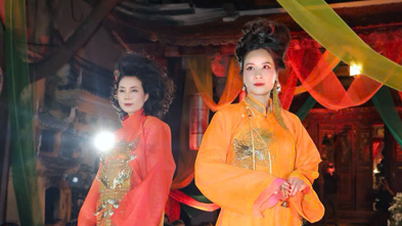














































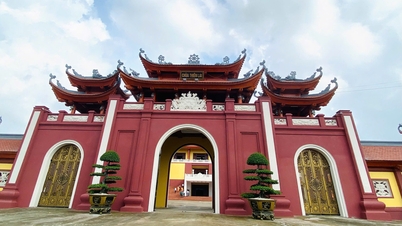

















Comment (0)